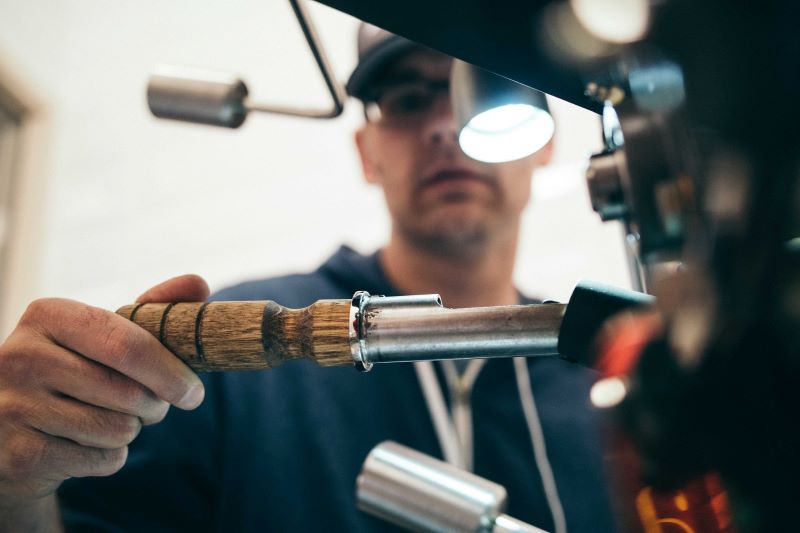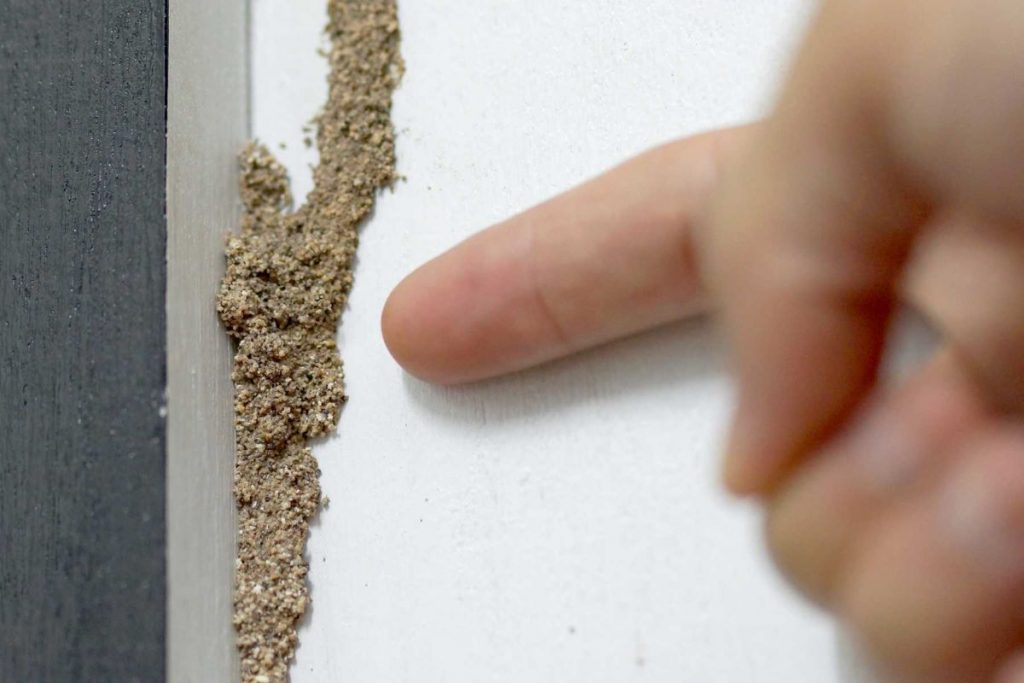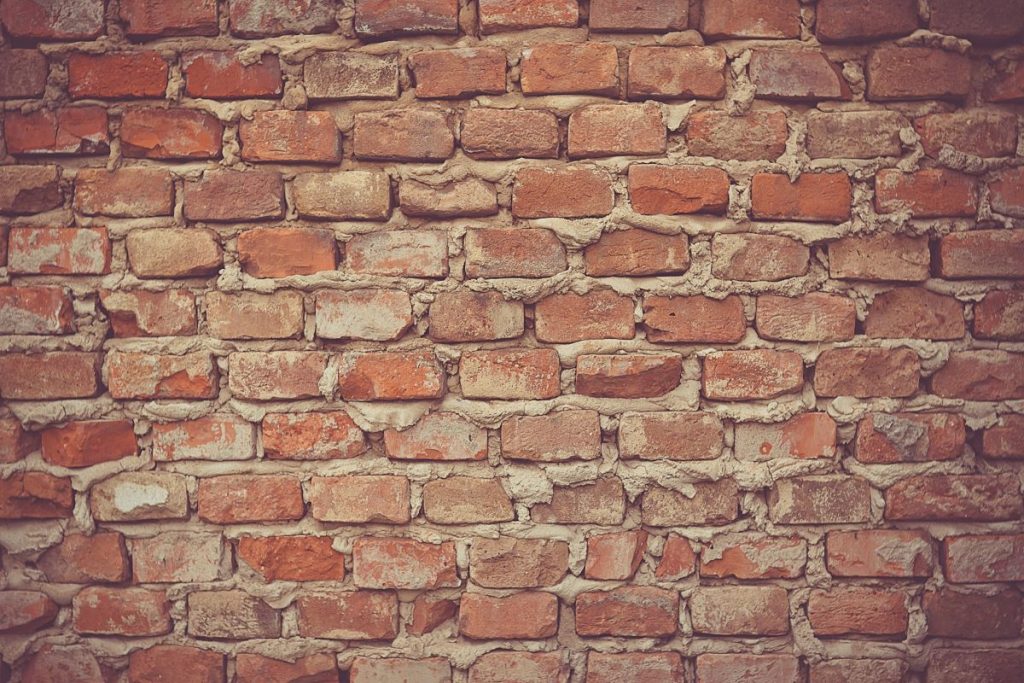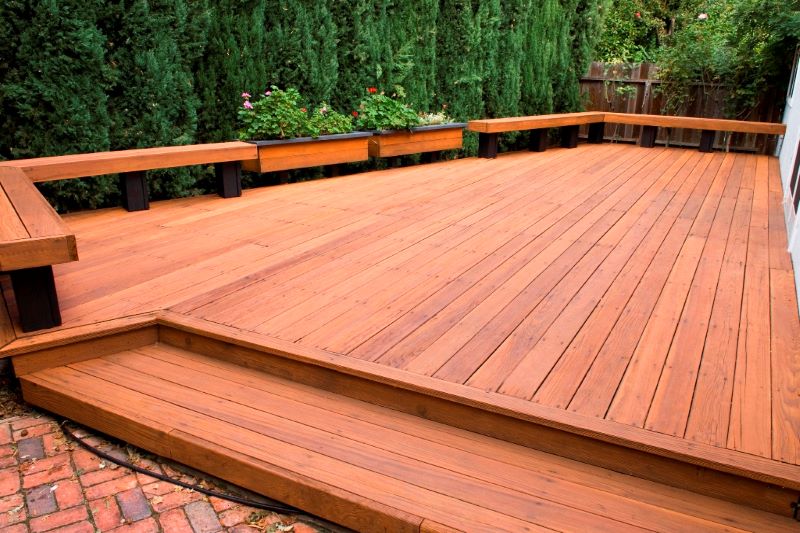Boca Raton is the southernmost city in palm beach, Florida and is popularly known for its sub-tropical climate and possibly one of the wealthiest cities in the US. A lot of tourists and residents choose to either visit or move there for good. However, with this type of climate comes its fair share of temperamental weather, which means that throughout the year, during the off-seasons, there is the threat of rainfall and precipitation of up to 60 mm per year.
Although the lifestyle here is an enviable one. The only downside is that there is a constant threat of flooding that comes with it, as it received a lot more rainfall than the national average of the other states, which is 39 inches per year. Between May and October, Boca Raton’s rainfall can get just over 55 inches of rain per year. This online source has all the details.
With this, comes flooding, and a lot of homeowners have felt the wrath of such disasters inside of their homes. In the year 2018 itself, the area was affected by a lot of rainfall with eight inches of rainfall in the early part of the year, which was then followed twice by floods in both May and again in August of that year. Not to mention a hurricane named ‘Irma‘ hit the region in September of the same year.
The city does have water control measures in place, but sometimes even the best ones don’t always work when faced with natural calamities. As a result, a lot of homes not only get flooding but also suffer blocked drains from floating debris and building material from everywhere. The area has several rivers and lakes in and around it, which make things a lot worse during these times. The water doesn’t always go to the runoff points and as such tend to start flooding, even though building regulations allow for this feature.
Between the flood management authorities, storm management teams and plumbers in Boca Raton, it’s a none-stop job for these professionals all year round to make sure there are measures put in place for any re-occurring disasters such as these. A lot of the buildings are located in flood zones or Special Flood Hazard Areas (SFHA) and not much can be done to move them.
There are however a few things that you can do to avoid things getting damaged or blocked in your home:
- Elevate all your furniture if possible, and make sure all household appliances are off the ground, especially the wires or move them to the top floor if possible. Things like air conditioning units, water heaters and washing or drying machines should be elevated off the ground on stilts as well.
- As and when the threat of a flood arises, make sure you place sandbags in and around the house around the border, to block any water from coming in. no matter how soundproof your doors and windows are, doing this can make a significant difference in the water that precipitates inside the building.
- During the dry season, prepare for the wet. Hire a professional plumber and get some proper drainage systems placed all around the house. Install stormwater runoffs and drains, and these should be kept clear from all debris and things such as cigarette butts or lawn clippings. They must only be used as storm drains.
- Sometimes flood water can get through cracks in walls. Investing in and applying a sealant specifically made for coating walls that are susceptible to this, is a good idea. It keeps floodwater from leaking through any possible cracks or crevices in your walls.
- Drainage swells or sump pumps are also often very useful and a lot of residents build both these swells and earthen berms using clay soil and sand around their property to act as floodwater protection.
If all else fails, your best bet is to call a professional plumbing service to give you some advice on how to go about securing your home from getting destroyed. Don’t forget to get your drains cleaned regularly to avoid blockage. After all, no one wants to move from a special place such as the “Beverly Hills Of Florida“.








